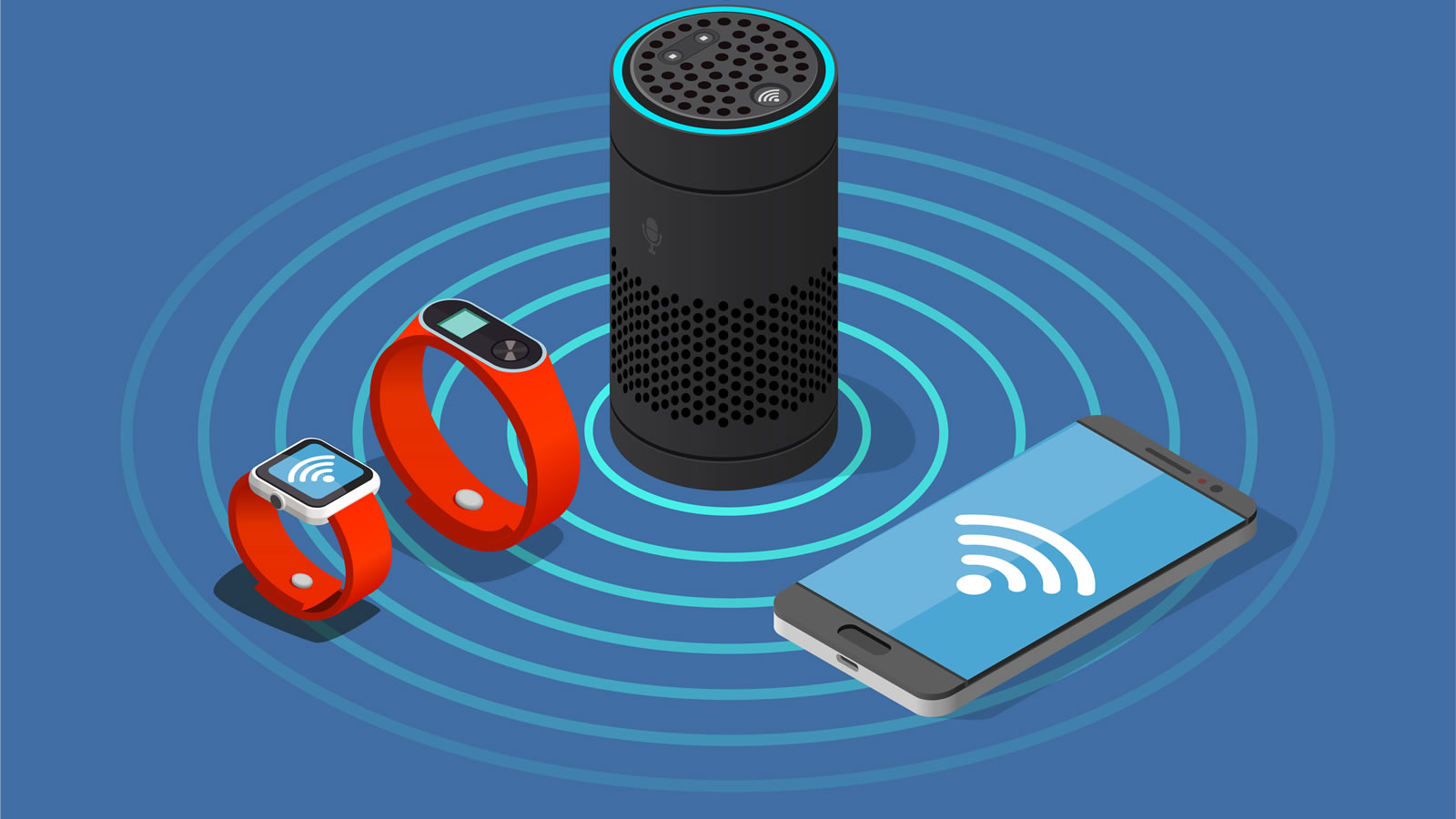In today's interconnected world, wireless communication has become an integral part of our daily lives. From smartphones to smart home devices and wearables, we rely on seamless connectivity to enhance our productivity and convenience. Bluetooth and Bluetooth Low Energy (BLE) are two prominent wireless technologies that enable these connections. However, they differ in their features, power consumption, and use cases. In this expert guide, we will delve into the differences between Bluetooth and BLE, providing you with the knowledge to make informed decisions about which technology suits your needs.
What is Bluetooth?
Bluetooth, also known as Classic Bluetooth, is a wireless communication technology that enables short-range data exchange between devices. It was introduced in the late 1990s and has since become the standard for wireless connectivity in various applications. Bluetooth operates in the 2.4 GHz frequency range and offers a range of up to 100 meters (depending on the version and environmental factors). It provides moderate to high data transfer rates, making it suitable for audio streaming, file sharing, and device synchronization.
Key Features of Bluetooth:
- Range: Bluetooth offers a range of up to 100 meters, making it suitable for applications that require connectivity within close proximity.
- Data Transfer Rates: Bluetooth supports data transfer rates ranging from 1 Mbps to 3 Mbps, depending on the version and usage scenario.
- Power Consumption: Bluetooth devices consume relatively more power compared to BLE devices, making them better suited for applications where power efficiency is not a primary concern.
- Applications: Bluetooth is widely used in audio devices, such as wireless headphones and speakers, as well as for file transfer between devices, gaming peripherals, and more.
What is Bluetooth Low Energy (BLE)?
Bluetooth Low Energy (BLE), also known as Bluetooth Smart, is a wireless communication technology designed for low power consumption and cost-effective connectivity. It was introduced as part of the Bluetooth 4.0 specification and has gained significant popularity due to its ability to operate on small, coin-cell batteries for extended periods. BLE operates in the same 2.4 GHz frequency range as Bluetooth but utilizes a different modulation scheme and a reduced duty cycle to minimize power consumption.
Key Features of BLE:
- Range: BLE offers a range of up to 100 meters, similar to Bluetooth, allowing devices to communicate within close proximity.
- Data Transfer Rates: BLE provides lower data transfer rates compared to Bluetooth, ranging from 125 Kbps to 2 Mbps, depending on the version and usage scenario. However, for many IoT and sensor-based applications, these rates are sufficient.
- Power Consumption: BLE is optimized for low power consumption, making it ideal for battery-powered devices that require long battery life, such as fitness trackers, smartwatches, and IoT sensors.
- Applications: BLE is widely used in applications where power efficiency is critical, such as wearables, healthcare devices, home automation, asset tracking, and proximity-based marketing.
Differences Between Bluetooth and BLE
- Power Consumption: One of the key distinctions between Bluetooth and BLE is power consumption. Bluetooth devices consume relatively more power compared to BLE devices. BLE devices are designed to operate on small batteries for extended periods, making them ideal for battery-powered applications.
- Data Transfer Rates: Bluetooth offers higher data transfer rates, ranging from 1 Mbps to 3 Mbps, while BLE provides lower data transfer rates, ranging from 125 Kbps to 2 Mbps. Bluetooth is better suited for applications that require high-speed data transfer, such as audio streaming, while BLE is optimized for low data rate applications.
- Range: Both Bluetooth and BLE offer similar ranges of up to 100 meters. However, the actual range may vary depending on the version and environmental factors.
- Compatibility: Bluetooth and BLE are not directly compatible with each other due to differences in their protocols and power-saving mechanisms. However, Bluetooth 4.0 introduced dual-mode chips that support both Classic Bluetooth and BLE, providing backward compatibility and allowing devices to switch between the two technologies as needed.
- Use Cases: Bluetooth is widely used in applications that require high-speed data transfer and connectivity over longer distances, such as audio devices and file transfer. On the other hand, BLE is commonly used in low power applications, including wearables, healthcare devices, home automation, and IoT sensor networks.
Choosing the Right Technology
When selecting between Bluetooth and BLE, consider the specific requirements of your application. If you need high-speed data transfer and a wider range, Bluetooth may be the better choice. On the other hand, if power efficiency and long battery life are critical, BLE is the ideal solution. Additionally, consider the ecosystem and compatibility with existing devices when making your decision.
Conclusion
Bluetooth and Bluetooth Low Energy (BLE) are both valuable wireless communication technologies that have transformed the way we connect and interact with devices. Understanding the differences between Bluetooth and BLE is crucial to choosing the right technology for your specific application. Whether you require high-speed data transfer or low power consumption, both technologies offer unique capabilities and can enhance your connectivity experience. Stay informed, explore the possibilities, and unlock the power of wireless communication with Bluetooth and BLE.

